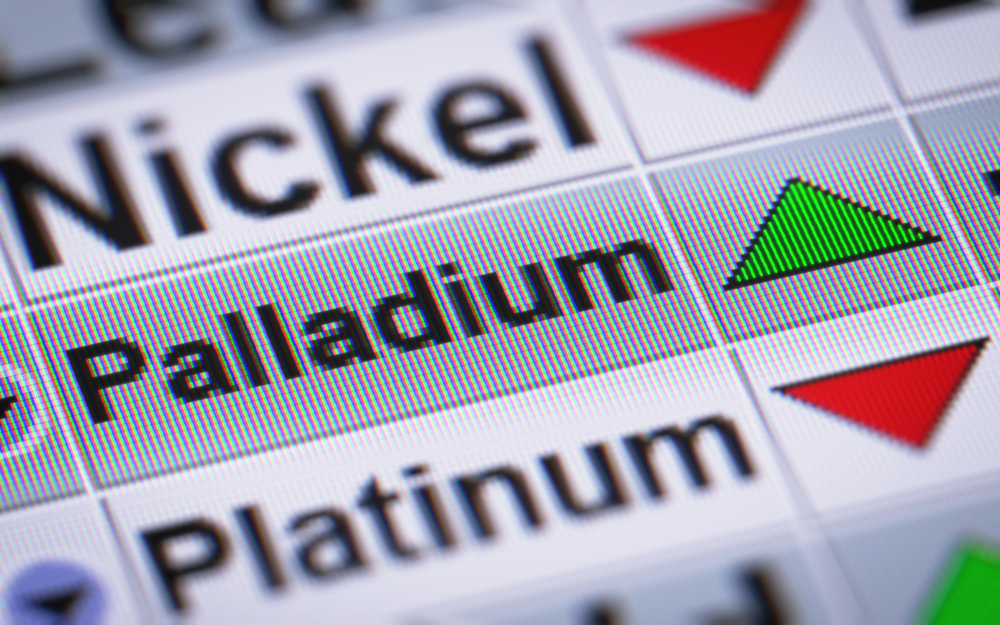‘Strong hand’ may be pushing palladium price higher

Wednesday was a generally good day for precious metals with the complex recovering much of the losses suffered since mid-April.
Palladium was once again the best performer on the day, up 1.5% to $816.75. Nymex palladium futures are sporting year-to-date gains of more than 20% and are once again approaching two-year highs hit at the end of April.
The fortunes of palladium and sister metal platinum have diverged dramatically over the past year. A new annual report by the GFMS team at Thomson Reuters on the PGM market argues it is “more a case of when, not if, the palladium price will exceed platinum”.
 It would be the first time since 2001 that palladium is worth more and its relative strength is even more remarkable given that the gap averaged just over $1,000 an ounce between 2007-2012.
It would be the first time since 2001 that palladium is worth more and its relative strength is even more remarkable given that the gap averaged just over $1,000 an ounce between 2007-2012.
The superior performance for palladium is unsurprising given that 2016 was the fifth year in a row of substantial deficits (1.2m ounces or 37 tonnes) and the automotive markets in China and the US have enjoyed record breaking runs. Palladium mainly finds application in gasoline engines and the sector is responsible for 70% of overall palladium demand.
But a report from Platts News suggests other forces may be at work and that a market participant with a “strong hand” may be putting the “squeeze” on the metal.
Sponge (semi-finished metal) prices have been stable which suggests the unusual tightness is at the refining end of the market. The report quotes a senior banking source as saying lease rates for palladium have quadrupled from 1% to 4%:
“There’s certainly a tightness, but I’m not sure if it’s fundamentals or a strong hand,” he said.
“People have tried this [possible squeeze] before and it can get ugly, real fast. You’d be a brave man to take a position, short or long, at these levels,” the source said.
A research note from Commerzbank also cautioned on the outlook with the investment bank saying it “cannot understand why the palladium price should be so strong given that automotive markets in the US and China are faltering and ETF outflows are continuing.”
Continue reading at Platts News
{{ commodity.name }}
{{ post.title }}
{{ post.date }}




Comments